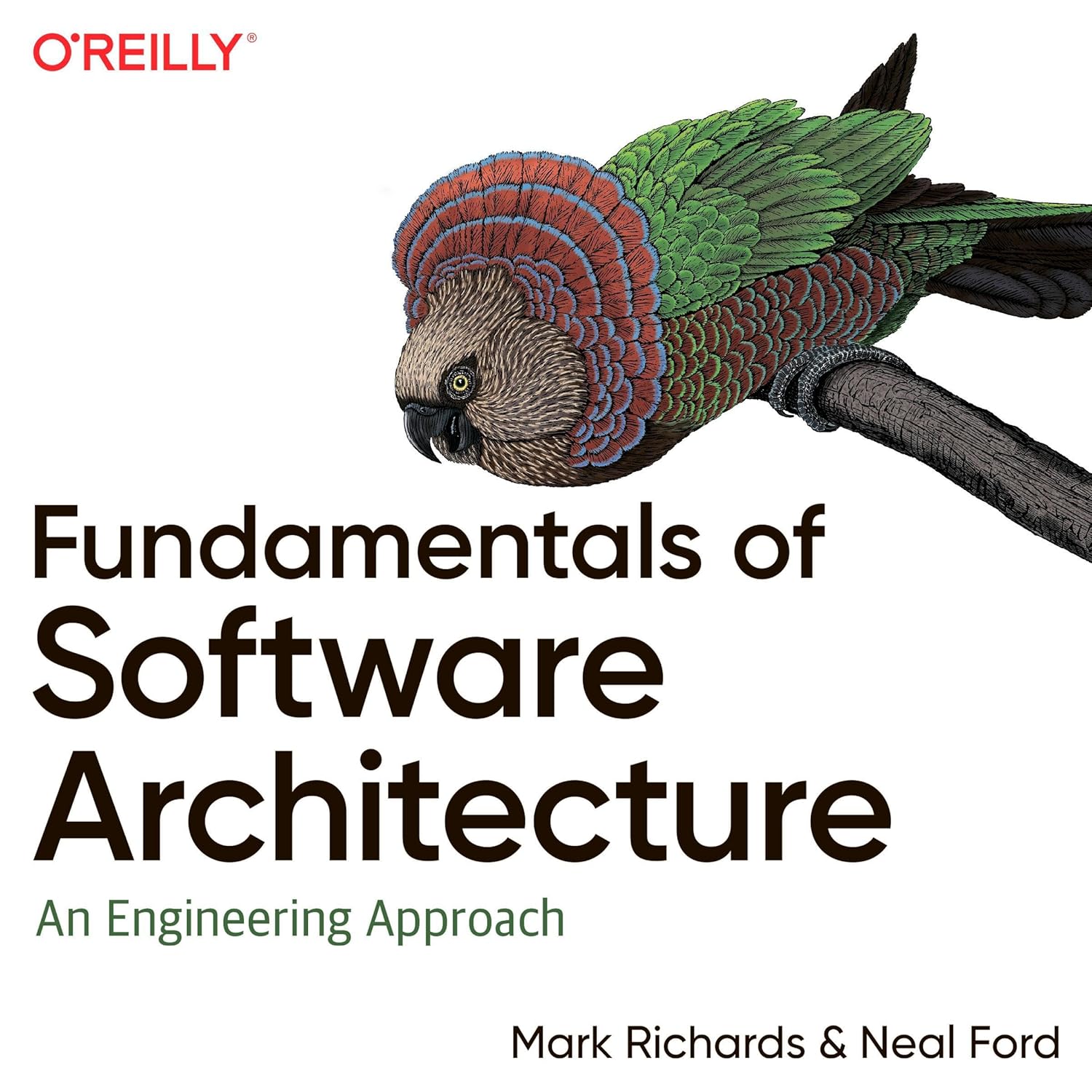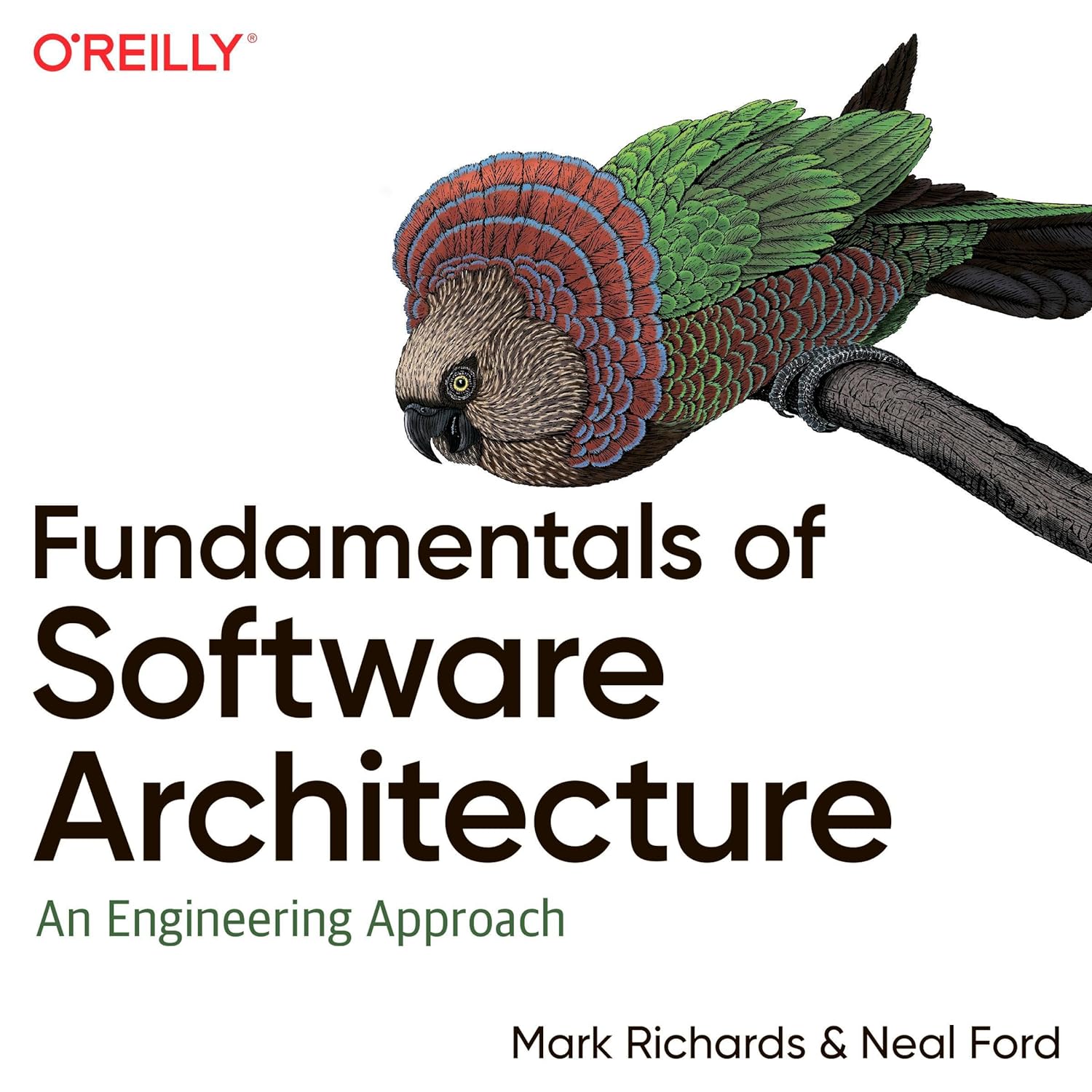
What makes a great software architecture? As I took the time to listen to the “Fundamentals of Software Architecture: An Engineering Approach” audiobook, I found myself reflecting on this critical question. This audible experience isn’t just an average listen; it’s a journey into the mechanics of building robust and scalable systems.
Understanding Software Architecture
Software architecture is more than just laying out a blueprint for your application; it's about making strategic decisions early in the development process. The way I see it, having a solid understanding of architecture can be the difference between a successful project and one that struggles through sheer complexity.
What is Software Architecture?
When I think about software architecture, I see it as the foundational structure of a software system. It’s like the skeleton of an organism—essential for maintaining integrity but often unseen until something goes wrong. In the audiobook, the authors, who are seasoned professionals in the field, take the time to break down this concept into digestible pieces.
Why It Matters
In listening to the audiobook, I realized just how crucial architecture is for scalability, maintainability, and performance. It dictates how different components interact, how easily one can add new features, and how well the system can handle heavy loads. For someone like me, who often finds myself working on different projects, understanding this aspect has been invaluable.
Key Components of Software Architecture
The audiobook introduces several key components that I found to be essential for any software architect to understand thoroughly.
| Component | Description |
|---|---|
| Modules | Independently deployable components that encapsulate functionality. |
| Interfaces | Defined means through which these modules communicate with each other. |
| Data Management | Ways data is structured and accessed within the system. |
| Deployment | How the software is distributed and run in various environments. |
Modules: The Building Blocks
Modules are like the Lego blocks of your system. Each one should be designed to perform a specific function while being independent enough to allow for solo updates and maintenance. The audiobook elaborates on how careful module creation can save time and prevent headaches down the road.
Interfaces: The Connective Tissue
Interfaces are responsible for how modules talk to each other. I found this part particularly interesting, as poor interface designs can lead to issues I’ve encountered firsthand. The discussions in the audiobook provided clarity on how to create well-defined, minimal interfaces that reduce coupling between different components.
Principles of Software Architecture
As I listened, I absorbed various principles that guide sound architectural decisions.
Separation of Concerns
This principle emphasizes breaking a program into distinct sections, each addressing a separate concern. It was fascinating to hear real-life examples in the audiobook where this principle made a positive impact on projects.
Don't Repeat Yourself (DRY)
I’ve always believed in the DRY principle, but hearing it elaborated in the context of software architecture made me rethink my practices. The audiobook discussed how redundancy can lead to more bugs and added complexity, encouraging me to assess my code and find opportunities for refactoring.
KISS (Keep It Simple, Stupid)
Simplicity is often the key to effectiveness. The audiobook reminded me that over-engineering often complicates a system unnecessarily. I chuckled at some examples where teams fell into the trap of complicating their architectures when simpler solutions were available.
Architectural Patterns
In listening to the audiobook, I found an engaging discussion on architectural patterns that have stood the test of time.
Layered Pattern
This pattern divides the application into layers, each serving a specific role. Hearing about this in the audiobook was beneficial because it aligns well with a structured approach to design.
Microservices
The authors did a great job explaining the microservices architecture, which segments applications into smaller, independent services. They highlight the trade-offs between maintaining these services and the flexibility they provide.
Event-Driven Architecture
The concept of event-driven architecture is something I found especially intriguing. The audiobook breaks down how events can trigger various actions and workflows within a system, allowing for more responsive designs—a crucial consideration for modern applications.
The Role of an Architect
As I immersed myself in the audiobook, I became more aware of the responsibilities an architect holds.
Collaboration
Architects must work closely with various teams, from developers to stakeholders. One takeaway for me was the importance of maintaining clear lines of communication to ensure that the intended architecture aligns with business goals.
Continuous Learning
Technology is always evolving, and the audiobook emphasizes that staying current is essential. Tips on how to keep learning were sprinkled throughout the sessions, making me feel motivated to upskill constantly.
Architecture in Practice
Listening to anecdotes about real-world applications of software architecture enriched my understanding.
Case Studies
The audiobook shares multiple case studies that illuminate successful architectural decisions. It helped me visualize how the principles and patterns discussed apply practically, making the lessons even more impactful.
Challenges Architects Face
No journey is without its bumps. The audiobook delves into various challenges architects face, such as balancing technical debt with product deadlines. Their recommendations for navigating these challenges resonated with my own experiences.
Tools and Technologies
In today’s fast-paced tech world, it’s important to have the right tools in my toolkit. The audiobook suggests several tools that can assist in architectural planning and implementation.
UML Diagrams
Understanding relationships in software design can be simplified through Unified Modeling Language (UML) diagrams. The audiobook lays out how these visual tools can clarify concepts for both tech teams and non-technical stakeholders.
API Documentation Tools
With all the emphasis on interfaces, tools for API documentation came into play. I found recommendations for tools like Swagger particularly useful, as clear documentation is key in keeping module interactions streamlined.
Soft Skills for Software Architects
It’s easy to focus solely on the technical side, but the audiobook emphasizes some essential soft skills I need to hone.
Empathy
Understanding user needs is paramount. Architects must empathize with users and stakeholders to design systems that offer real value. This standpoint is something I find vital for creating successful software.
Negotiation
Whether it’s balancing trade-offs between speed and quality or working to get buy-in for architectural changes, negotiation skills are necessary. The audiobook offers insight on how to handle these situations gracefully.
My Overall Experience
Listening to "Fundamentals of Software Architecture: An Engineering Approach" on Audible has been a holistic experience. The mix of theoretical knowledge with practical examples has enhanced my understanding significantly.
What I Liked Most
One of the standout aspects of the audiobook was its accessibility. The authors did a fantastic job of breaking down complex ideas into understandable segments. Each chapter felt like a dialogue rather than a lecture, making it easy to engage with the content.
What Could Be Improved
While the audiobook excelled in many areas, one aspect I felt could have been enhanced was a deeper exploration of newer methodologies, like serverless architecture or AI in software design. Including such contemporary topics might provide listeners with an even broader perspective.
Final Thoughts
As I finished listening to the "Fundamentals of Software Architecture," I realized that the journey doesn’t end here. This audiobook has armed me with the foundational concepts I need to think critically about software architecture. Each principle, pattern, and anecdote has motivated me to implement these lessons into my projects.
I wholeheartedly recommend this audiobook to anyone serious about software design or engineering. Whether you’re new to the field or looking to refine your existing skills, this comprehensive guide serves as an engaging resource.
In wrapping up my thoughts, I’m grateful for the time spent absorbing this valuable knowledge. It feels like I’ve gained an important tool for navigating my future projects, one that will undoubtedly make a difference in how I approach software architecture moving forward.
Disclosure: As an Amazon Associate, I earn from qualifying purchases.

